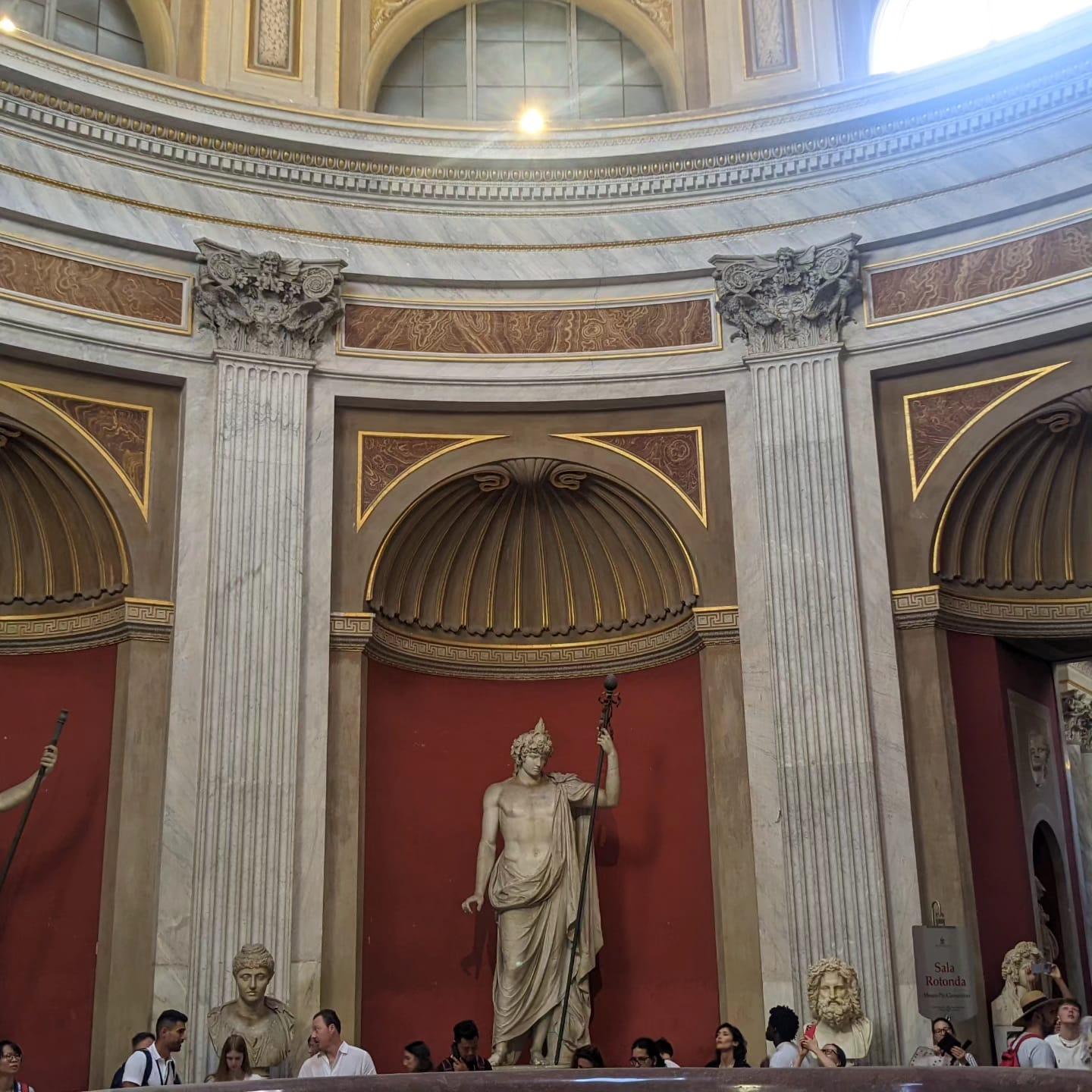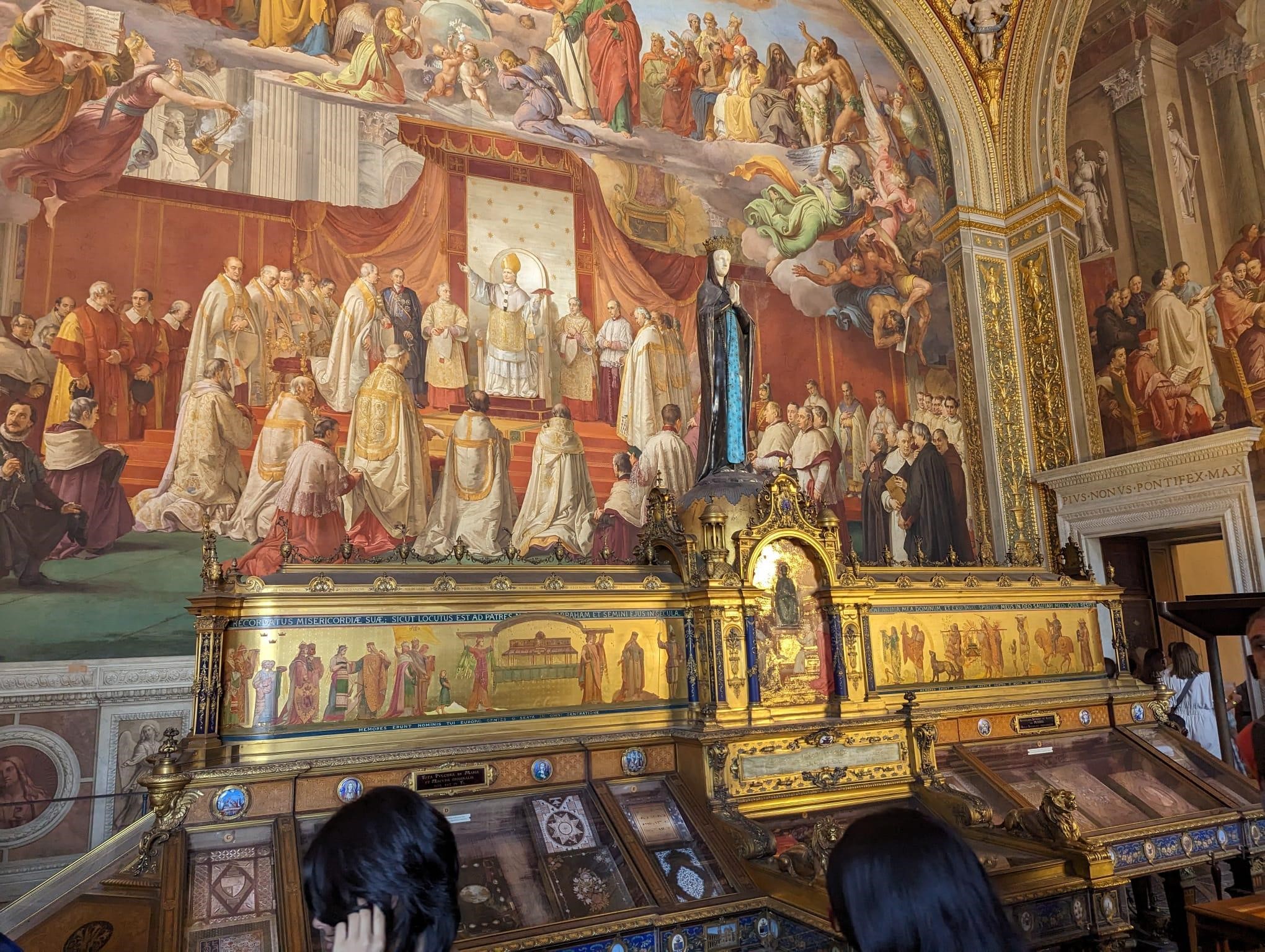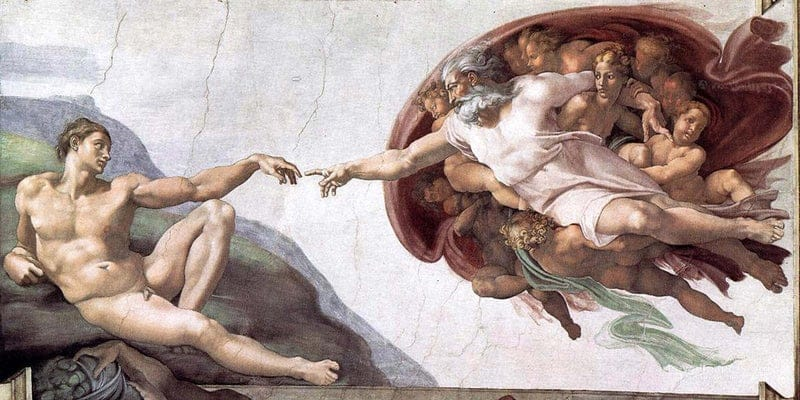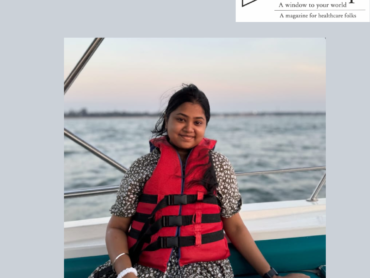A thing of beauty is a joy for ever: Its loveliness increases; it will never pass into nothingness;
- John Keats.
Pablo Picasso once said, art washes away from the soul, the dust of daily life. When it comes to art, one must mention the Renaissance, when the world saw some of its masterpieces being created and some of the best scientific discoveries being announced.
The cradle of Renaissance (literally meaning rebirth) is Italy, and hence we come to the topic at hand. Thus, regardless of your ‘tastes’ – literary or gustatory, whether you are an art connoisseur or a novice, a believer or simply a Dan Brown fan, the Vatican has a lot to offer.
A walled fortress, the smallest country in the world and the holist place in Catholicism, the Vatican City is nestled within the capital city of Rome. Vatican City is a tapestry, painted upon by the Stalwarts of the past enthralling an audience of all ages, as it narrates the history of time, religions and the evolution of arts.
The sheer beauty (plus some insanely tasty Pasta) make Vatican is a must see beside your Rome Itinerary. My personal advice: Visit the Castel Sant’Angelo (The castle of angels, situated in Rome) about 30 minutes away from the Vatican City before you enter Vatican! The sheer view from up top the castle – that of the Italian capital (Rome) and Vatican citadel are ethereal, spiritual almost – the Angelic sculptures perched all over guiding the Holy See (the formal title for the jurisdiction of the Pope) and your sight.

The Vatican City from above (bird’s eye view) (Pic courtesy: Unsplash)
1.The St Peter’s Basilica:
Imagine a sultry August day in Rome, when the third gelato you had did nothing to abate the cloying humidity. For once you thank your angels, that you prebooked your visit to St Peter’s Basilica, because the line looks brutal (the waiting is around 2 hours, if you do not wish to pay); and then you step in, mainly as a respite from the weather.

St. Peter’s Basilica (the dome from inside)
You cross the threshold, and feel like an astonished Alice who toppled through the rabbit hole! The whites and golds in the wall glitter divine as the sun rays peep in from the height and tease the cravings to life. This is another world, another era. As far as your myopic eyes allow, a palimpsest of artistic styles sit before you. The Michelangelo’s Pieta, the Bernini’s great tomb for Pope Alexander VII, the Baldacchino, and the dome (Oh the majestic dome!). The Basilica was constructed first during the 4th century, over the tomb of St. Peter the Apostle of Jesus. It was later rebuilt during the 16th century
While the entire Basilica was created and decorated by quite a few masters including Bramante, Bernini, and Raphael, it was only Michelangelo who designed the magnificent dome almost solo at the age of 71 years, truly proving that an artist is but a child who never stopped playing with their crayons. The Dome has a height of 136 meters and a diameter of 42 meters, making it one of the largest domes in the world. After the demise of Michelangelo in 1564, his students continued Michelangelo’s vision, finishing the dome in 1590.
Below the basilica, lies the pagan necropolis in the scavi and the tomb of Saint Peter, the ineluctable monuments that you may visit but only with previous bookings and an extra payment. There is more, you can execute a treacherous climb up the dome (if you are up to it) to see THE BEST views of Rome.

Inside the Vatican Museum
2.The Vatican Museums:
The famous German poet Johanes Wolfgang von Goethe once said, you have not really seen what the humans are capable of, until you have visited the Sistine Chapel.
The long winding path to the Sistine chapel passes through the famous Vatican Staircase at the Vatican Museum and numerous chambers. The tickets are 16 Euros per person with discounts for the kids, groups and the differently abled.
Each nook and cranny in every chamber is adorned by exquisite works of arts, looking as fresh and meticulous as the day they were painted. I would advise booking a tour well in advance through the Vatican website (the tours get booked around 2 months before, so CAVE!). An audio guide in English (available at the entrance) and a heavy breakfast is recommended before you embark on this 3-hour visual feast. It begins with the excavated art pieces from Egypt (the Gregorian Museum), including sarcophagus, scarabs and even 2 mummies well preserved in the special controlled units with the history of mummification. There are some Egyptian God statues as well, followed by roman gods and kings and queens in the next chambers.
 Horcus, the roman God of silence, reminded us of Krishna
Horcus, the roman God of silence, reminded us of Krishna
This is followed by an exquisite collection of frescoes, all in a chamber called the stanze or the rooms of Raphael, which competes with the works of his Teacher Michaelangelo (in the Sistine Chapel). The themes for most paintings and frescos are from the Bible and center around the crucification and the immaculate conception.

Frescos by Raphael

One of the many painted tapestries inside the Vatican Museum

Paintings inside the Museum
3) The Sistine Chapel:
The chapel is today, the site where the new Pope is elected. The whole place was painted almost singlehandedly by a tired and a cantankerous Michelangelo who took up this commission quite reluctantly but painted a project that changed the course of Western art. The piece-de-resistance at the chapel is of course –The Last Judgment – regarded as one of Michelangelo’s greatest masterpieces. The piece inspired by Dante’s The Divine Comedy, was in its own time it was controversial due to its pervasive nudity, later covered up by Michelangelo’s pupil Daniele da Volterra and finally uncovered again (!) by restorers. Experts opine that the nudity of figures in The Last Judgment, combined with the emotional fury of their gestures, emphasizes their vulnerability of the human mind, in the midst of the chaos.
 Sistine Chapel : The last judgement by Michaelangelo (source encyclopaedia Britannica)
Sistine Chapel : The last judgement by Michaelangelo (source encyclopaedia Britannica)
The other themes covered are from the book of genesis, Noah and of course the original sin!
Another notable fresco in the chapel is ‘The man and the God, which traces the yearning between Man and the God, who had to banish Adam, in spite of his boundless love for him (note the fingers just touching, The God reaching out, but the Man hesitating, his index finger slightly bent). Many believe this fresco is a metaphor for intellect (God) vs Emotions (Man), that Michaelangelo cleverly illustrated the superiority of intellect right in the heart of Christendom.

Sistine Chapel: The man and the God by Michaelangelo (source unsplash)
The work by Michaelangelo in the chapel is regarded as one of the major artistic accomplishments of human civilization. It is believed to have a profound effect upon other artists, even before the completion. An anecdote goes, that Bramante, who had the keys to the chapel once let Raphael (Michaelangelo’s student and the favourite of the Pope) in to examine the chapel frescos in Michelangelo’s absence. After seeing Michelangelo’s prophets, Raphael went back to the picture of Isaiah that he was painting and, although it was finished, scraped it off and repainted it in a much more powerful manner in imitation of Michelangelo, thus proving the age-old adage – True art just doesn’t entertain, it inspires!
The Food:
For those who have no affiliation to art or religion, here is the news – The food in Italy is one of the best and the cheapest in Europe. You get the yummiest food in the crummy little cafes around the corners, where you see locals eating. The sea food is fresh, the egg plants are delicious, and so are the zucchini fritters and artichoke dishes. Do try out the ‘home-made tiramisu’ and panacottas at every dessert.

Some Dos and Don’ts while visiting the Vatican:
- Dress code: Vatican has a strict dress code. The dress or pants should cover the knees in both sexes, men should not wear hats, sleeveless or mid riff baring clothes are not allowed. Dry comfortable though, as the humidity is stifling.
- Pick pockets. Guard your stuff fiercely, use cross body bags. The place is teeming with pick pockets and charlatans.
- Carry a bottle. You have to drink a lot of water due to hot weather (Think Mumbai weather – Year around 27-28 degree – with a spike in July, August. (There are taps with potable water all over Rome and Italy free of cost) and sunscreen.
- Beware of tourist traps and scams. Book from legitimate websites, preferably online from your home country.
- Do not miss their truly excellent coffee and homemade tiramisu, in crummy cafes.
- Pre book the tours in advance (sometimes 2 months before)
- It is humid and warm most months. October may be the best time to visit.
- Local transport is cheap with a day pass. Kids travel free.
- Carry an excellent and sturdy pair of shoes.
- Eat lots of gelatos.
For the differently abled:
Vatican Museums: A tour of the Vatican Museums can be done in a wheelchair, to be requested, right at the wheel chair. You can book the chair at least a day in advance through: accoglienza.musei@scv.va since there are a limited number. There is no charge and they only require valid identification to be shown. The bathrooms are adapted for wheelchairs as well. People with a disability of over 74% and a companion do not need to queue and can enter for free. This can be obtained directly from the “special permission” counter. The Vatican gardens are not wheelchair accessible.
St Peter’s Basilica: The entire area in and around St. Peter’s Basilica is wheelchair accessible except the Necropolis and the upper part of the dome (the base can be accessed).
Accommodation: Being a busy tourist spot, accommodation booking at least 3 months in advance is recommended. Accommodations in Rome (a stone’s throw away from the Vatican) are suitable. Air B and B and Imbiss provide reasonable stay options. Always include breakfast in your stays.











Comments